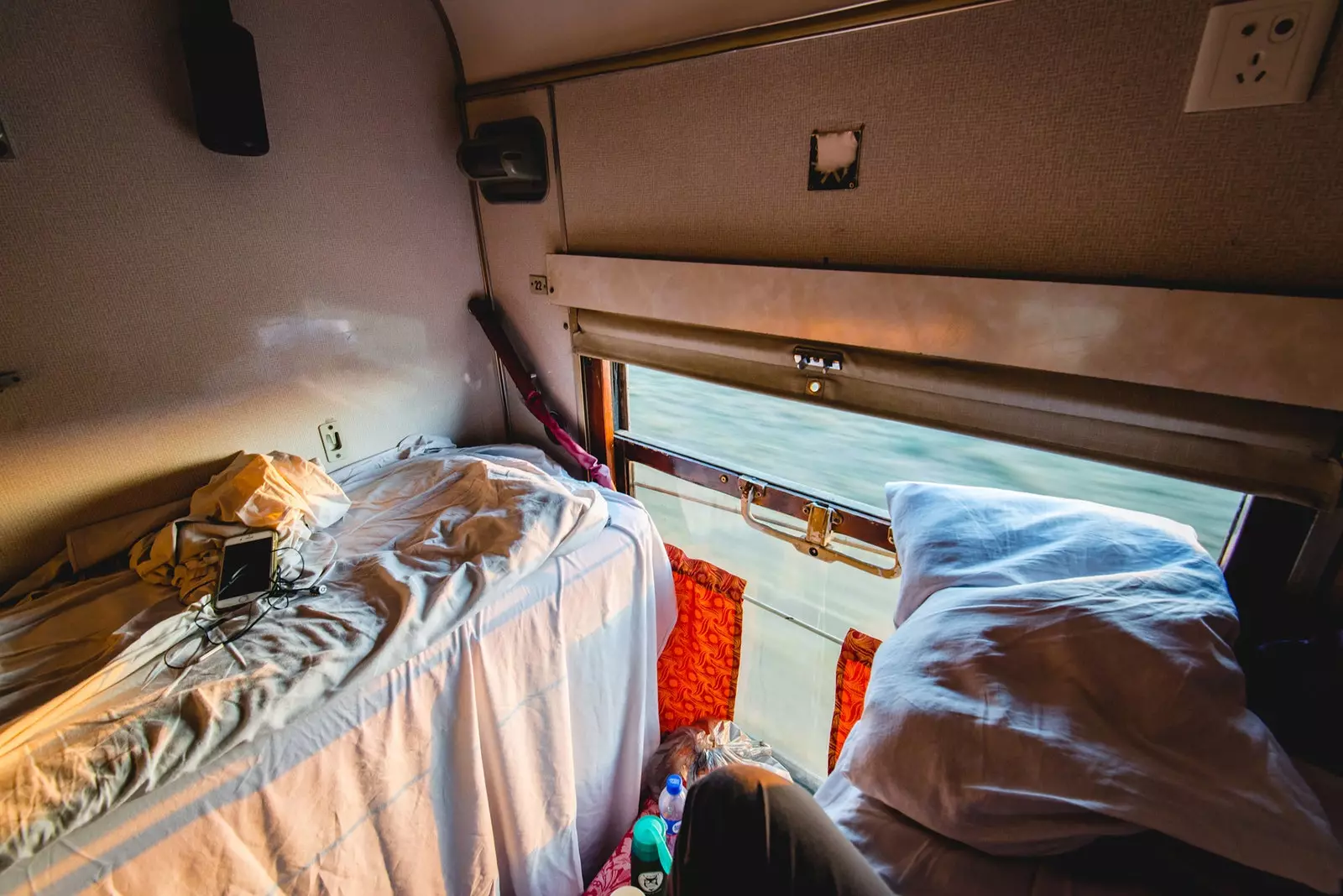
Experiences in the Trans-Mongolian (II) : life on the train
On trains it is common to find three kinds of compartments:
-First class or Spanly Wagon : for two.
-Second class or Kupe : for four persons.
-Third class or Plastkartny : several berths in open wagon.
We are curious to meet people during the trip, but at the same time we are looking for some rest between stops; so we opted for the kupe class.
Tickets, for several sections of the route or for just one, can be purchased on the official website of the Russian railway company (RZD). In summer it is advisable to secure a place in advance, as they sell out quite quickly.
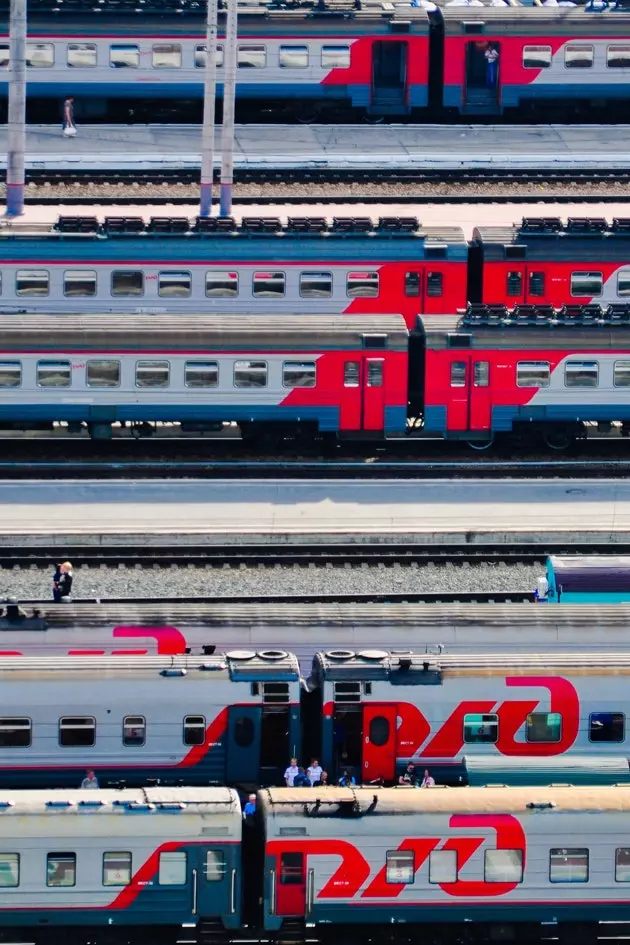
Trains waiting at the station
in our first choice we have sinned as rookies buying tickets in the upper beds of the cabin which we shared with two elderly ladies. They take over the lower part, including luggage space and a dining table; and, during the almost 24 hours that we spend inside the train, they do not get out of bed. Our plan for interaction with locals has failed and the restaurant becomes the perfect place to write, read or escape completely while the passengers make life in their compartments.
The restaurant menu, of endless pages, is in Russian and none of the crew speaks another language. After using guides and translators, I opt for a bottle of water. The prices of the dishes are exorbitant for how unappetizing they seem . Luckily, we have backpacks full of food, just like most travelers.
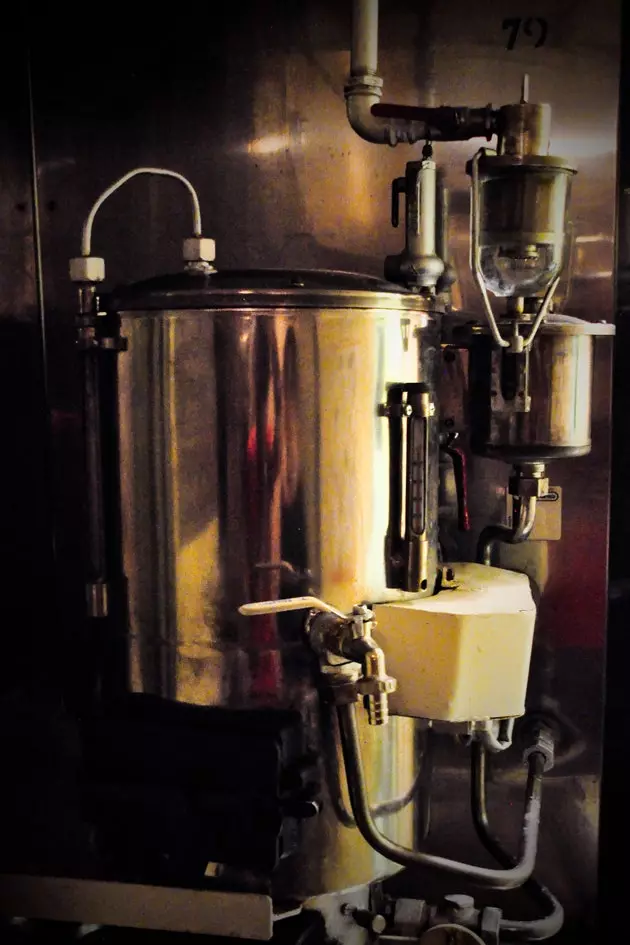
In all cars there is a hot water tap to prepare instant soups and infusions
In each wagon there seems to be a different life, sporadic homes created to make the journey as bearable as possible. Only foreigners do not travel . Accustomed to mass tourism, it seems strange to me that on this trip we are strangers and that, in a way, makes it authentic. Precisely this tour has the personal purpose of reconnecting with the essence of travel that once I left forgotten in the Longshan Temple in Taipei.
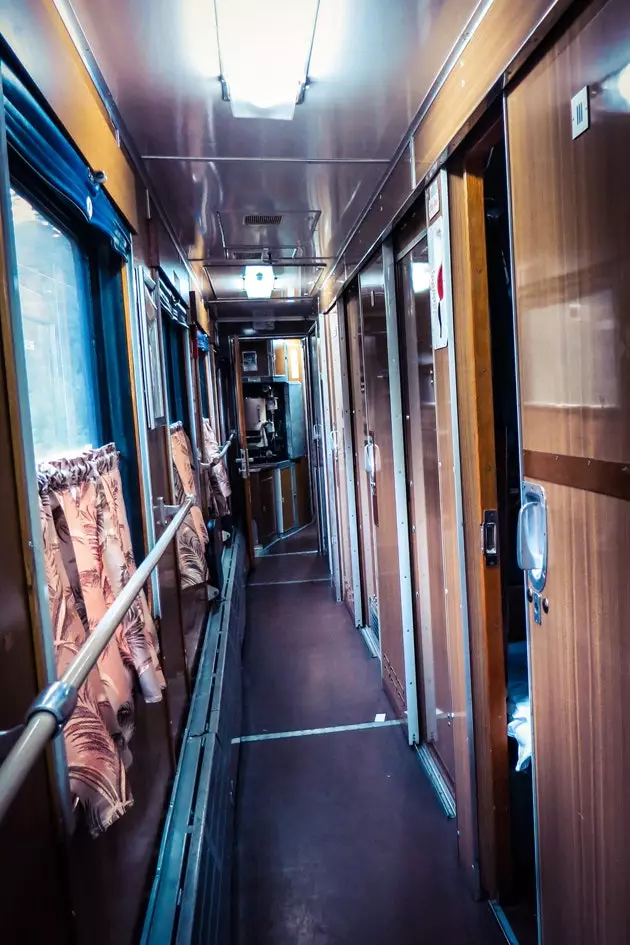
wagon aisle
Before going to sleep, the provodnitsa gives us a bag containing a small towel and sheets so that we can prepare the bed. The provodnitsa, is the lady in charge of attending to the people who travel in her car. They usually complete the entire route and have their own compartment, where they sleep for the duration of their route.
**The Trans-Siberian route **, which begins in Moscow and ends in Vladivostok, is the original route. We will make an alternative one, the Trans-Mongolian . This has in common with the Trans-Siberian the stops that go from Moscow to Ulan-Ude , but once there it deviates towards Ulan Bator through Mongolia to finish in Beijing . In addition, there is a third path, the Transmanchurian , which coincides with the Trans-Siberian to Tarskaya , from where it goes to China to also finish in Beijing.
One of the stops that we have considered on our route is Novosibirsk where, for a day, we explore a city in which the local gastronomy is its greatest exponent, and we continue the tour, of two nights and one day, to Irkutsk.
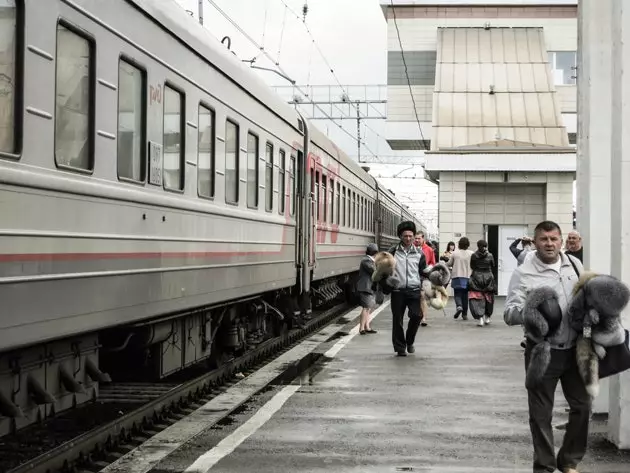
Street vendors at the stations
After several hours we lose track of time. Russia has 9 time zones, and each city we stop at, a different time. Trains are always governed by Moscow time, and in all stations and tickets it is this that guides passengers. It is difficult to think about the time of the place where we ride, in the time of the next destination or in Spain. Time doesn't matter here. Any entertainment is good while the infinite landscape transforms through the window: tundra, steppe, mountains, deserts... It's time to sleep again. I go up to my bed with a bustle of thoughts that end up getting lost in dreams until the involuntary rattle of the train makes me wake up. Thoughts return... I'm crossing Russia on the Trans-Siberian! I close my eyes and let myself be dragged along the nostalgic railway line towards deep Siberia.
Recommended readings that will inspire your journey: In Siberia by Colin Thubron and Guide to Mongolia by Svetislav Basara.
*** You may also be interested in...**
- Trans-Mongolian experiences (I) : Yekaterinburg, train to Siberia
- Border tourism
- North Korea: the forbidden trip without Kim-Jong-Il
- Politically incorrect travel
- Cartagena de Indias: the silent revolution
- The chacachá of the train: what can bother us traveling on rails
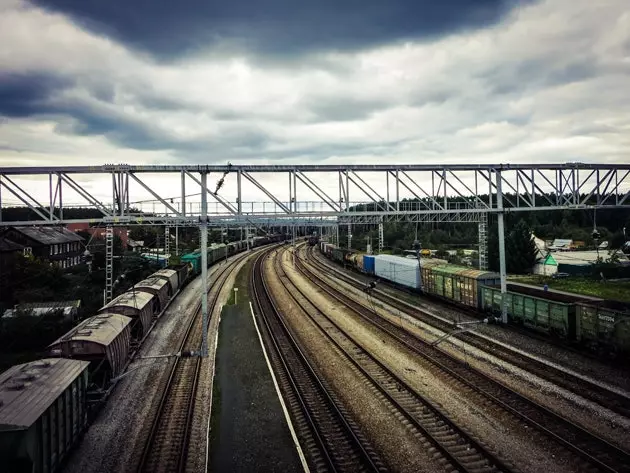
Routes to the destinations of the Trans-Siberian
